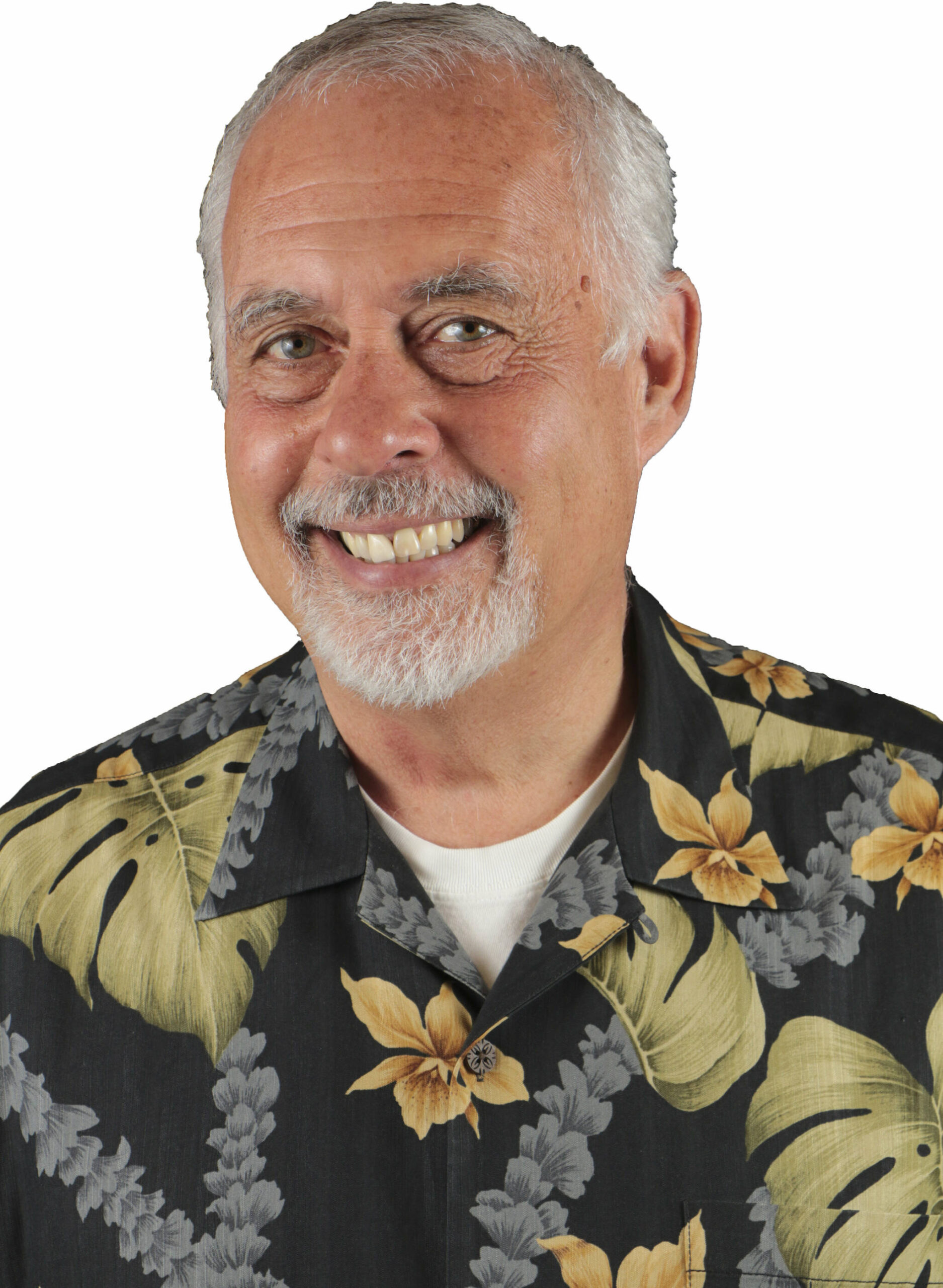This past weekend Orthodox Christians around the world celebrated the resurrection of Jesus Christ. Because the Orthodox Church bases its observance of Easter on the ancient Julian calendar (in contrast to the Gregorian calendar followed by Western Christians), the most holy day of Christendom is celebrated on different days. Typically, the two Easters are a week apart. This year there was more than a month separating the two observances.
As a Protestant pastor with Greek ancestral roots, I have historically celebrated both the traditional Easter with my congregations and the Orthodox Easter with my family. When I was a young boy, my dad taught me the Greek Easter greeting. And to this day our family greets one another with “Christos anesti! Alithos anesti!”
This year found me celebrating both Western and Orthodox Easter in Lucerne, Switzerland. And for both occasions there is the perfect spot in town at which to sit and contemplate the cornerstone of the Christian faith.
If you have ever visited Lucerne, you likely have stopped at the Wounded Lion Monument. This amazing rock sculpture, designed by famed Danish artist Bertel Thorvaldsen, commemorates the 760 members of the Swiss Guard who lost their lives protecting the King of France during the French Revolution in 1792. The monumental effort to carve the gigantic lion in the side of a sandstone cliff began in 1819 and was completed two years later.
The lion, who measures 20 feet high and is 33 feet long, lies with a broken spear in his back and his head bowed. He is obviously dying. Mark Twain called it “the most moving and mournful piece of stone in the world.”
I first saw the Lucerne Lion in-person six weeks ago while approaching Holy Week. As I stared at the beautiful (yet haunting) work of art, I couldn’t help but think of the Christ-like figure in the first of C. S. Lewis’ Chronicles of Narnia.
In “The Lion, the Witch and the Wardrobe,” the first of Lewis’ chronicles, Aslan the lion willingly lays down his life to lift the curse that has held the Kingdom of Narnia captive. The lion’s lifeless body lies cold and still on a giant stone table.
Using his palette of language, C. S. Lewis paints an unforgettable picture that conjures up the events of Good Friday. This gifted wordsmith conveys the suffering that provides the backdrop for the glorious message of the resurrection.
In his book as the symbolic story unfolds, Lewis pictures Easter Sunday as well. The stone table is discovered by the children without any sign of Aslan. They soon encounter the lion fully alive. Aslan has returned from the dead. The children also realize that Narnia has returned to its original glory.
The land that had been labeled “as always winter but never Christmas” was once again blooming in springtime glory. The visible and invisible evidence of Immanuel (God-with-us) provided Narnia with proof of a redeemed kingdom.
Although I have long believed that the truth of Easter is an ongoing reality and not simply a single day on the liturgical calendar, this year it is all the more in focus. With the two Easter observances of the Christian Church being more than a month apart, there was cause to contemplate the fact the resurrection can be celebrated continuously.
If you’re like me, hardly a week goes by without learning of someone you know (or know of) who has passed away. Death dominates the landscape of our lives. The shadow of sorrow creeps across our hopes and dreams. Grief is an ever-present reality. Parents die. Spouses receive a terminal diagnosis. Siblings leave us prematurely. Even our children are not exempt.
And given the grim reality of the Grim Reaper’s unsolicited visits to our families, knowing that death has been defeated once and for all is something I can’t celebrate enough. Having two Easters is just fine. In fact, I would welcome even a few more. Christ is risen! He is risen indeed!
Guest columnist Greg Asimakoupoulos is a former chaplain at Covenant Living at the Shores in Mercer Island.


